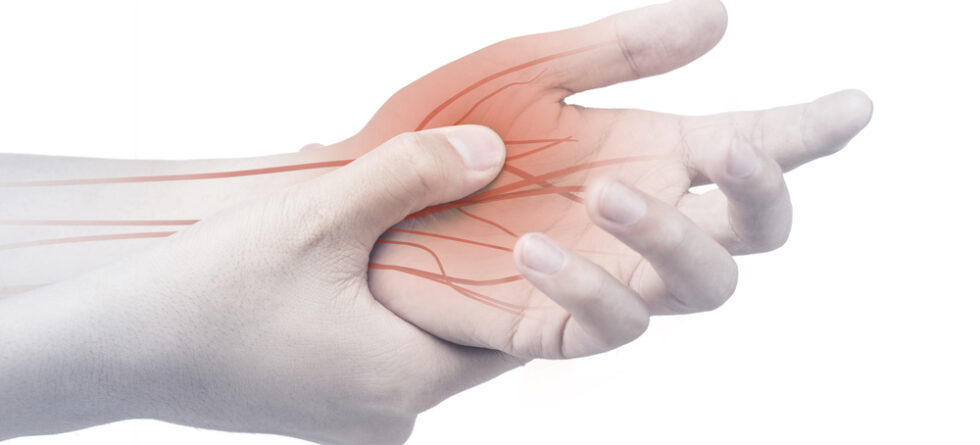Nerve pain in the back, often resulting from conditions like herniated discs, spinal stenosis, or sciatica, can significantly impact daily life.
Nerve pain in the back, often resulting from conditions like herniated discs, spinal stenosis, or sciatica, can significantly impact daily life. Physical therapy (PT) is a non-invasive treatment option that can effectively manage and, in many cases, alleviate nerve pain. Here’s an overview of how physical therapy can help and the approaches commonly used.
Efficacy of Physical Therapy for Nerve Pain
Physical therapy offers a tailored approach to managing back nerve pain, focusing on reducing pain, improving mobility, and strengthening the body to prevent future issues. The efficacy of PT in treating nerve pain lies in its ability to address the underlying causes of pain without relying solely on medications or invasive procedures.
Physical Therapy Techniques for Nerve Pain
- Manual Therapy: Techniques like soft tissue mobilization and manual traction can help alleviate pressure on the nerve, reducing pain. Manual therapy can also improve mobility in the spine and surrounding structures.
- Therapeutic Exercises: Specific exercises designed to stretch and strengthen the back, abdominal, and leg muscles can support the spine, relieve pressure on nerves, and decrease pain.
- Posture Education: Poor posture can exacerbate nerve pain by increasing pressure on the spine and nerves. Physical therapists provide guidance on proper posture while sitting, standing, and performing daily activities.
- Pain Management Strategies: PT includes teaching pain management techniques such as heat/cold therapy, TENS (transcutaneous electrical nerve stimulation), and relaxation exercises to help control pain.
- Nerve Gliding Exercises: Also known as neural mobilization, these exercises can help improve the movement of nerves within the spinal canal and surrounding tissues, reducing irritation and pain.
Implementing a Physical Therapy Regimen
- Initial Assessment: A physical therapist will conduct a thorough assessment, including a review of medical history, physical examination, and possibly functional tests to identify the source of nerve pain and develop a customized treatment plan.
- Regular Sessions: The frequency and duration of PT sessions vary depending on the severity of the condition and individual progress. Typically, patients might start with sessions 2-3 times a week, with adjustments made as needed.
- Home Exercise Program: Alongside in-clinic sessions, physical therapists often prescribe exercises to be performed at home to continue improving strength and flexibility and to expedite the recovery process.
Conclusion
Physical therapy can be a highly effective treatment for managing nerve pain in the back, offering a range of techniques to relieve pain, restore function, and prevent future episodes. By combining in-clinic treatments with a personalized home exercise program, physical therapy not only addresses the immediate symptoms but also tackles the root causes of nerve pain. If you’re experiencing back nerve pain, consulting with a physical therapist can provide you with a comprehensive approach to relief and recovery.
Here’s an overview of how physical therapy can help and the approaches commonly used.
Efficacy of Physical Therapy for Nerve Pain
Physical therapy offers a tailored approach to managing back nerve pain, focusing on reducing pain, improving mobility, and strengthening the body to prevent future issues. The efficacy of PT in treating nerve pain lies in its ability to address the underlying causes of pain without relying solely on medications or invasive procedures.
Physical Therapy Techniques for Nerve Pain
- Manual Therapy – Techniques like soft tissue mobilization and manual traction can help alleviate pressure on the nerve, reducing pain. Manual therapy can also improve mobility in the spine and surrounding structures.
- Therapeutic Exercises – Specific exercises designed to stretch and strengthen the back, abdominal, and leg muscles can support the spine, relieve pressure on nerves, and decrease pain.
- Posture Education – Poor posture can exacerbate nerve pain by increasing pressure on the spine and nerves. Physical therapists guide proper posture while sitting, standing, and performing daily activities.
- Pain Management Strategies – PT includes teaching pain management techniques such as heat/cold therapy, TENS (transcutaneous electrical nerve stimulation), and relaxation exercises to help control pain.
- Nerve Gliding Exercises – Also known as neural mobilization, these exercises can help improve the movement of nerves within the spinal canal and surrounding tissues, reducing irritation and pain.
Implementing a Physical Therapy Regimen
- Initial Assessment – A physical therapist will conduct a thorough assessment, including a review of medical history, physical examination, and possibly functional tests to identify the source of nerve pain and develop a customized treatment plan.
- Regular Sessions – The frequency and duration of PT sessions vary depending on the severity of the condition and individual progress. Typically, patients might start with sessions 2-3 times a week, with adjustments made as needed.
- Home Exercise Program – Alongside in-clinic sessions, physical therapists often prescribe exercises to be performed at home to continue improving strength and flexibility and to expedite the recovery process.
Physical therapy can be a highly effective treatment for managing nerve pain in the back, offering a range of techniques to relieve pain, restore function, and prevent future episodes. By combining in-clinic treatments with a personalized home exercise program, physical therapy not only addresses the immediate symptoms but also tackles the root causes of nerve pain. If you’re experiencing back nerve pain, consulting with a physical therapist can provide you with a comprehensive approach to relief and recovery.




